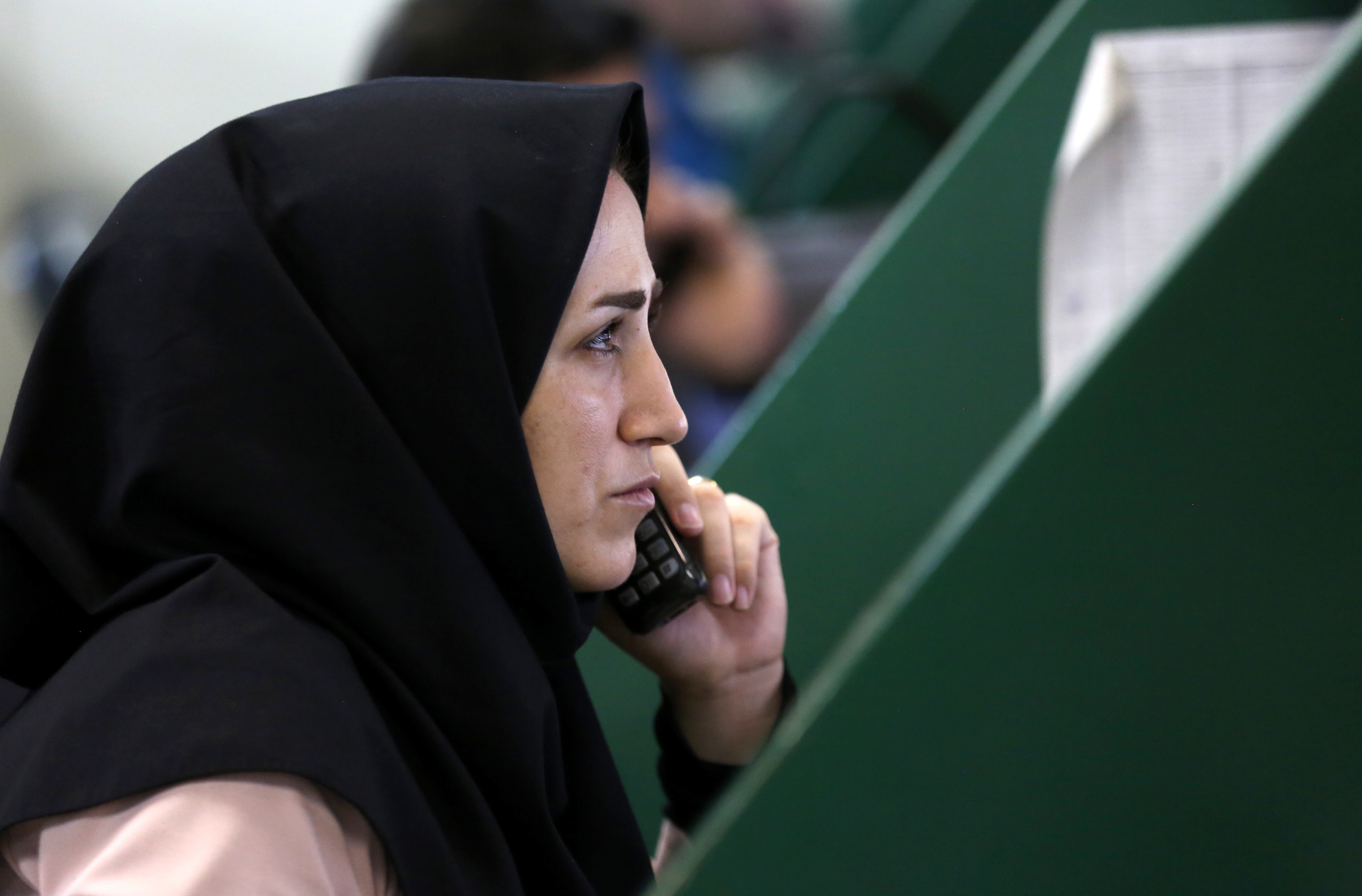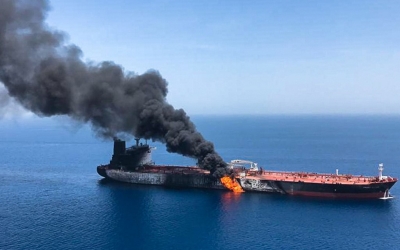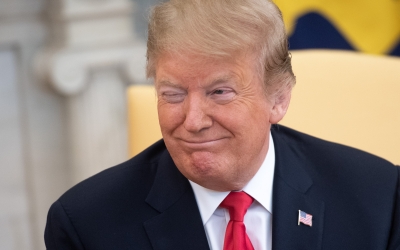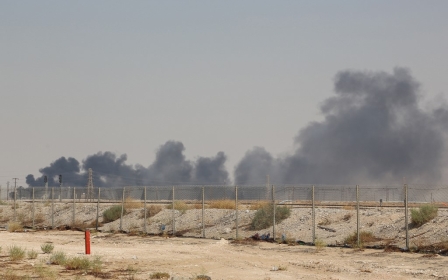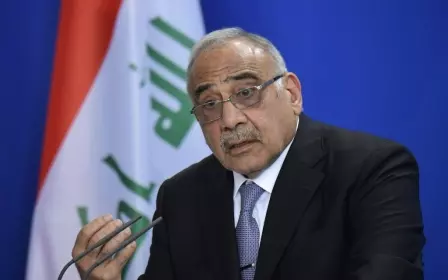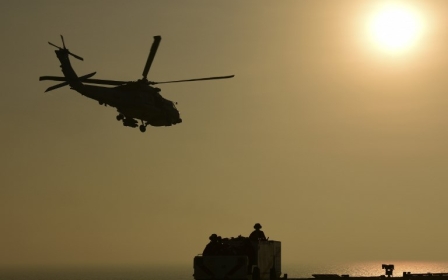Is Trump pulling out of the Middle East?
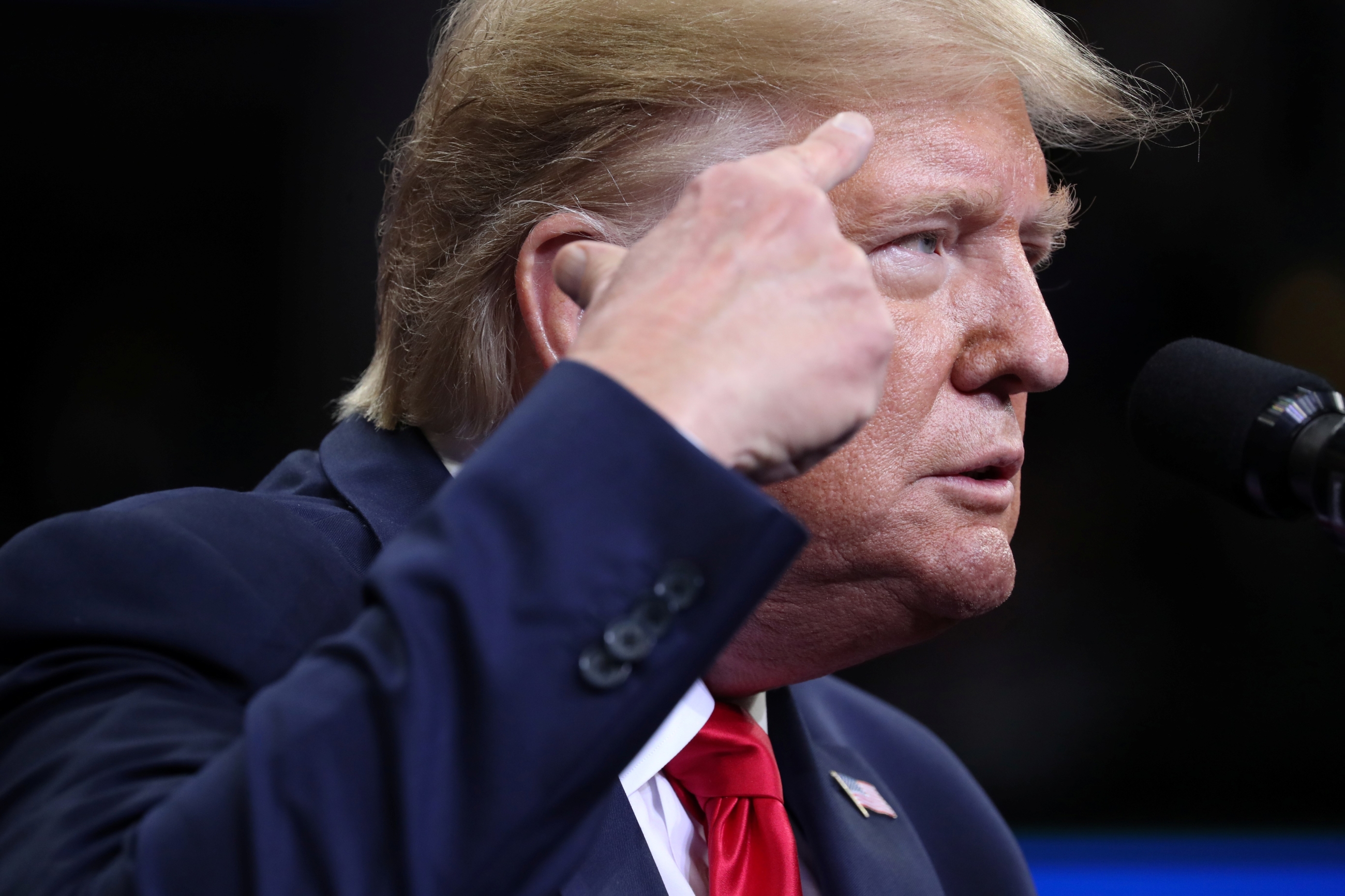
US President Donald Trump’s green lighting of a Turkish assault on Syria’s Kurds has rightly dominated the headlines over the past two weeks.
Less justified is some of the more breathless commentary around these events, where it is claimed that Trump has effectively handed the Middle East over to Vladimir Putin’s Russia.
What we are witnessing here is plainly not Washington’s withdrawal from the Middle East, but more the incoherent flailing of an aggressively incompetent US president
The US retains a deeply structured alliance network encompassing key states from Egypt and Israel to the strategically vital Persian Gulf; an imperial presence incomparable in scope and value to Russia’s boot print in the ruins of Syria.
Even the suggestion that Trump is reducing that presence is a distorting simplification, as other recent events amply demonstrate.
Within days of Trump’s announcement of the withdrawal of under 1,000 troops from northern Syria, Washington also announced the deployment of a further 3,000 troops and additional air defence hardware to Saudi Arabia.
This comes on top of the 14,000 extra troops already sent to the wider Gulf region since May this year, on top of the pre-existing US presence, which includes an aircraft carrier strike group and nuclear-capable B-52 bombers.
What we are witnessing here is plainly not Washington’s withdrawal from the Middle East, but more the incoherent flailing of an aggressively incompetent US president, together with the grave consequences for the region’s peoples that this inevitably entails.
Tehran hits back
Trump’s Gulf escalation is the latest stage of a crisis in US-Iran relations entirely of the White House’s making. His withdrawal from the nuclear deal between Iran and the West in May 2018, despite Iranian compliance, was followed both by the military build-up just described and a significant ratcheting-up of economic pressure from spring this year, driven by the president’s hyper-hawkish former national security adviser, John Bolton.
After a year waiting on European mediation to resolve the crisis and break what was becoming an economic siege, the Iranian regime began to retaliate in calibrated but sharp fashion over the summer, with a series of minor but clear breaches of its commitments under the nuclear deal, along with barely deniable attacks on Gulf oil shipping.
Tehran was cut off from international capital markets and effectively prevented from exporting oil, causing its economy to shrink by around 9.5 percent and sending inflation north of 30 percent.
The spiral of escalation peaked on 20 June when Iran shot down a US drone which it claimed had violated its airspace. When Trump ordered retaliatory air strikes, only to change his mind and call them off at the last moment, it became clear that he was not interested in using the crisis to engineer a war for regime change, whatever Bolton’s own intentions.
The president may have hoped that economic pressure on Iran would force it to the negotiating table, handing the self-styled dealmaker a diplomatic victory and bragging rights over Barack Obama.
But Bolton’s efforts to escalate tensions in pursuit of his own long-standing regime change agenda had created a crisis now threatening to result in a global oil shock, a major regional war, or both, thus imperilling Trump’s re-election chances.
Seemingly realising that Bolton had painted him into a corner, Trump sacked his adviser last month, at which point Tehran appears to have realised that it was winning the war of nerves.
A sophisticated and devastating attack on Saudi oil facilities followed days later, briefly knocking out 5 percent of global oil supply and causing the sharpest jump in prices for a quarter of a century.
Iran again denied responsibility, but promised huge and indiscriminate retaliation if it was attacked over the incident. US Secretary of State Mike Pompeo described the attack on the Saudi facilities as an "act of war", but no military response from the US was forthcoming.
Maximum pressure
Whether the US strategy of "maximum pressure" on Iran was supposed to result in regime change or a new deal, in the end it has achieved neither.
Trump’s latest deployment of troops and hardware to Saudi Arabia appears to be aimed at staunching his humiliation and that of his Saudi clients by at least deterring Iran - or its allies - from further attacks, and compensating to some degree for his strong aversion to a politically damaging war.
Whether the US strategy of ‘maximum pressure’ on Iran was supposed to result in regime change or a new deal, in the end it has achieved neither
In both northern Syria and the Gulf, Trump’s instinct is to avoid or withdraw from military commitments that might hurt his re-election chances. As history has shown many times, US presidents feel little compunction about abandoning the Kurdish people entirely when expediency demands.
We need not extrapolate too much from that. The Saudi kingdom and the wider Gulf region are a very different matter.
For the House of Saud, recent events are even more of a humiliation. Central to the much trumpeted economic reform programme on which its future depends is the flotation of Saudi Aramco, the national oil producer, which it was hoped would reap billions that could then be ploughed into the wider structural adjustment agenda.
But the attacks of last month have shown investors that Saudi oil production is far from secure, putting the flotation in even deeper trouble than it was already, and handing Crown Prince Mohammed Bin Salman a fresh defeat alongside his unravelling war in Yemen.
An accidental conflict
For Tehran, by contrast, the policy of strategic escalation in response to the White House’s "maximum pressure" appears to have worked to some degree, having effectively posed the Trump administration the question “is this really what you want?” and received a sheepish “no” in reply.
But all this has achieved is seeing off the worst of the threat. Any concrete steps to deescalate US-Iran tensions while Trump is in office seem vanishingly unlikely, so the chances of an accidental conflict breaking out – which in turn could develop into a devastating regional war with global repercussions - will remain on the cards for at least another 15 months.
In any event, what we are witnessing here is not the end of US hegemony in the region, but its malfunctioning. Under pressure from wider trends of domestic social liberalisation, American conservatism has gone feral, producing a president manifestly incapable of managing the global system constructed by Washington and its allies after World War Two.
With his polling consistently negative and impeachment proceedings gathering pace, Trump palpably feels as though the walls are closing in, and is lashing out in more and more destructive ways.
From Syria to the Gulf – not to speak of the rest of the world - the question is the same as it was when he beat Hilary Clinton in 2016: just how much damage is this man capable of doing before he leaves office?
The views expressed in this article belong to the author and do not necessarily reflect the editorial policy of Middle East Eye.
Middle East Eye propose une couverture et une analyse indépendantes et incomparables du Moyen-Orient, de l’Afrique du Nord et d’autres régions du monde. Pour en savoir plus sur la reprise de ce contenu et les frais qui s’appliquent, veuillez remplir ce formulaire [en anglais]. Pour en savoir plus sur MEE, cliquez ici [en anglais].



